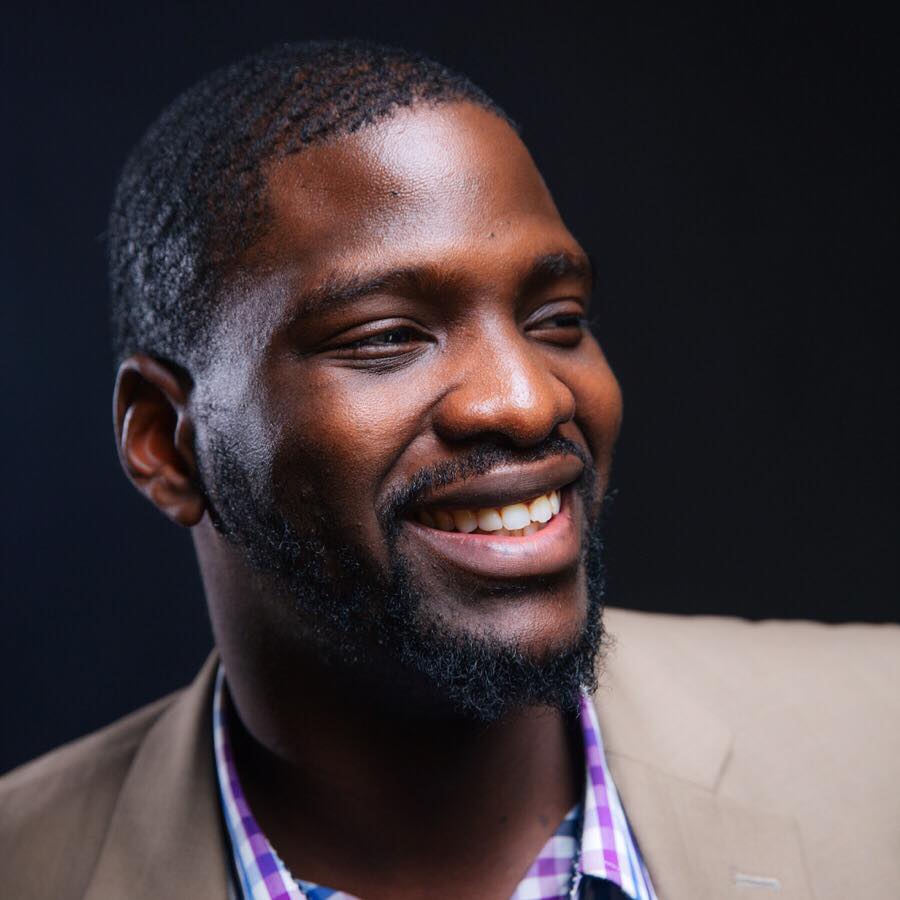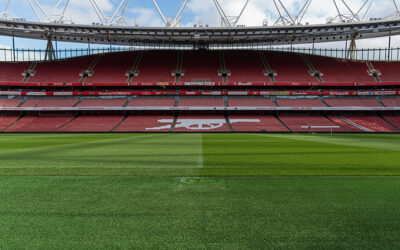Alright, let’s dive into this Minnesota Wild conundrum, shall we? Another year, another agonizing chapter in the Land of 10,000 Lakes. You could practically hear the collective groan echoing from Bemidji to Bloomington as the Wild bowed out in the first round yet again, this time at the hands of a gritty Vegas Golden Knights squad.
Look, let’s not sugarcoat it. The definition of insanity, as the well-worn adage goes, is doing the same thing over and over and expecting different results. And for Wild fans, the postseason has become a Groundhog Day of valiant efforts, moments of brilliance, and ultimately, soul-crushing disappointment. Eight straight one-and-done appearances? That’s not just a slump; that’s a pattern etched in the unforgiving ice of playoff hockey.
But here’s the thing that gnaws at you, the detail that makes this particular exit feel especially… Wild-like. This wasn’t a sweep. This wasn’t a team getting thoroughly outclassed. As Jack Eichel himself acknowledged, the Wild gave the Golden Knights everything they could handle. We’re talking about a six-game series where the Wild outscored the eventual victors. Think about that for a second. Nineteen goals for, eighteen against, and yet, no advancement. That’s the kind of statistical anomaly that keeps analytics nerds up at night, furiously tweaking their models and muttering about variance.
You saw the way they played, didn’t you? The relentless forecheck, the physical commitment that left bodies strewn across the ice like discarded lumber. They weren’t a passive team waiting to be steamrolled. They were in the muck, banging and crashing, generating chances that, on another night, with a bounce here or a fortunate deflection there, could have tilted the scales.
And the stars? They shone. Kirill Kaprizov, the dazzling Russian winger, continued to electrify. His speed, his skill, his sheer audacity with the puck were a constant threat. Matt Boldy, the burgeoning winger, looked every bit the future cornerstone the Wild hoped he would be, showcasing a lethal shot and a knack for finding open ice. These aren’t just good players; they are legitimate offensive catalysts.
Adversity? They stared it down. Losing two games in overtime, including that gut-wrenching Game 4 where a split-second defensive lapse proved fatal, would break lesser teams. But the Wild responded, digging deep, forcing a Game 6 back on home ice. Even the controversial overturned goal in Game 5, a moment that will be replayed and dissected in Minnesota sports bars for years, didn’t completely derail them. They kept fighting.
And in net, Filip Gustavsson was a revelation. Calm, composed, and capable of making the kind of game-stealing saves that breed playoff upsets. He wasn’t the reason they lost; he was often the reason they were still in it. To have a goaltender playing at that level and still fall short… that’s a special kind of hockey heartbreak.
The “what-ifs” will linger like a persistent Minnesota drizzle. What if Middleton’s stick doesn’t get tangled up? What if Nyquist is an inch further back? What if just one of those glorious scoring chances in the dying minutes of Game 6 finds the back of the net? These are the agonizing questions that fuel the offseason angst.
But amidst the familiar sting of defeat, there’s a flicker of something different this time. A genuine sense of… hope. And it hinges on those two magical words for any salary cap-strapped team: cap flexibility.
General Manager Bill Guerin, a man who doesn’t shy away from making bold moves, finally has the financial breathing room he’s been craving. Those hefty buyouts that have hung over the franchise like a dark cloud are finally dissipating. This summer presents a golden opportunity to truly supplement the impressive core they’ve built.
Think about it. Kaprizov and Boldy are legitimate top-line talents. Marco Rossi is showing flashes of the playmaking ability that made him a high draft pick. Eriksson Ek is a Selke-caliber center who can also chip in offensively. Foligno brings the heart and soul, the kind of grit that’s essential in the playoffs. Imagine adding another legitimate scoring threat, a dynamic winger who can take some of the pressure off Kaprizov and Boldy. Imagine a puck-moving defenseman who can quarterback the power play and alleviate some of the offensive burden on the forwards.
Foligno’s words resonate: “We’re all looking forward to that, just having a clean slate so to speak and a team that can not be handcuffed so to speak.” There’s a palpable sense of anticipation within the organization, a belief that with the shackles finally off, they can construct a team truly built for a deep playoff run.
The Wild have shown they can play with the best. They can battle. They have the star power. They have a goaltender who can steal games. What they haven’t had, consistently, is that extra layer of offensive punch, that game-breaking depth that separates good teams from true contenders.
The narrative in Minnesota always seems to circle back to “next year.” But this time, it feels different. This time, there’s tangible reason for optimism. The cap space isn’t a mirage; it’s a reality. The young stars are ascending. The goaltending is solid. The foundation is there.
The challenge for Guerin will be to use this newfound flexibility wisely, to identify the missing pieces and bring in players who complement the existing core without disrupting the chemistry and identity this team has forged. It won’t be easy. The free agent market is a fickle beast, and finding the right fit is crucial.
But for the first time in a long time, Wild fans can look ahead to the offseason with genuine excitement, not just resignation. The pain of this first-round exit is still fresh, the “what-ifs” still echo. But the promise of a new chapter, unburdened by past financial constraints, offers a genuine glimmer of hope. Maybe, just maybe, next year won’t be just another refrain in the same old song. Maybe, next year, the Wild can finally break through. They’ve shown they have the heart. Now, they need the help. And for the first time in a long time, that help might actually be on the way.






0 Comments